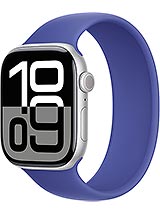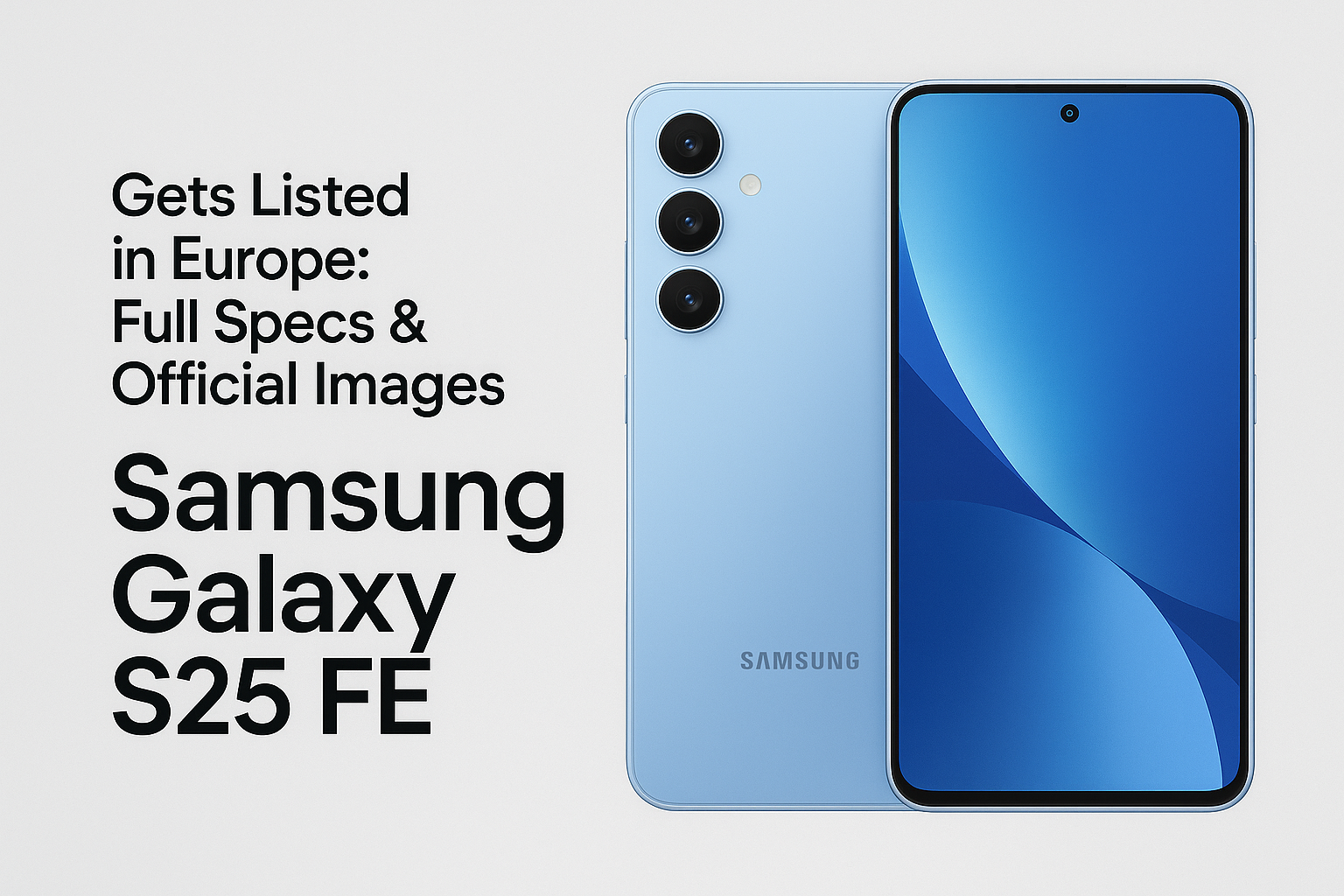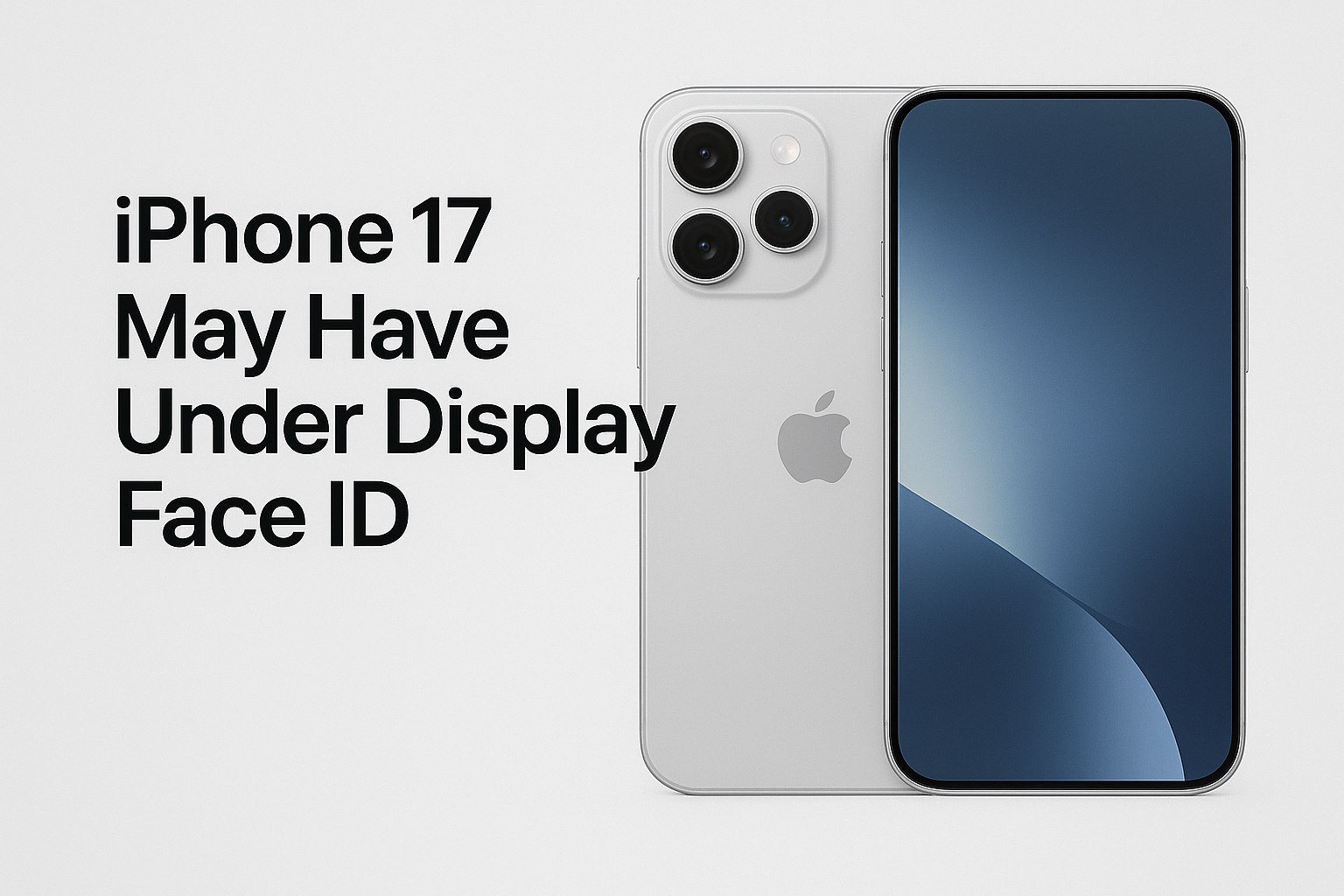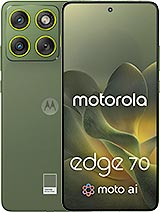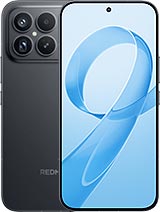Apple Watch Levels Up with Next-Gen Blood Oxygen Tracking in America
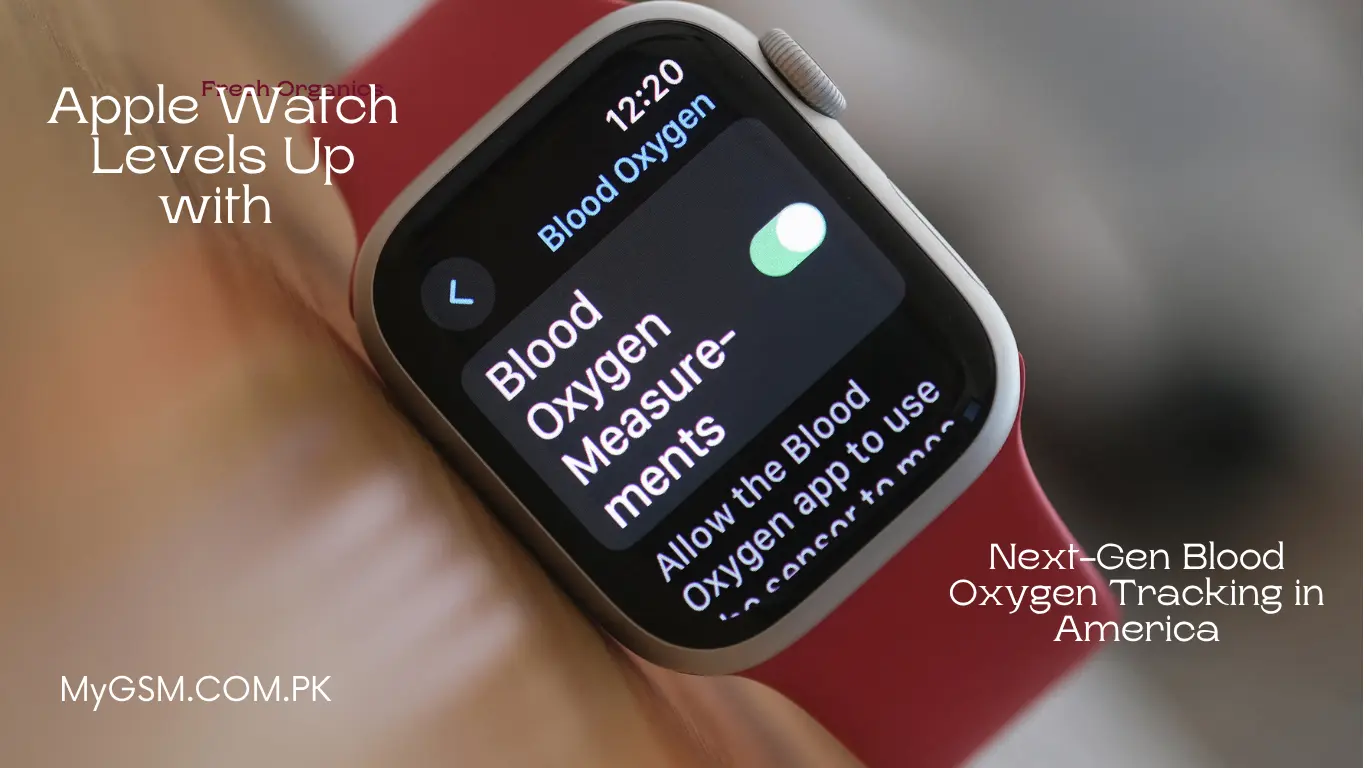
Apple Watch Levels Up with Next-Gen Blood Oxygen Tracking in The USA.
In the ever-evolving world of wearable technology, Apple continues to stand tall as a trendsetter. Over the years, the Apple Watch has transformed from being a stylish wrist accessory into a full-fledged health companion. From tracking workouts and heart rates to monitoring sleep cycles, the Apple Watch has become a trusted partner for millions of users around the globe. Now, Apple is once again raising the bar with the launch of a redesigned Blood Oxygen tracking feature in the United States. This upgrade, dubbed as a “next-gen” experience by many tech enthusiasts, is more than just a cosmetic change—it is a bold leap toward empowering users with deeper insights into their health.
A Brief Look Back: Blood Oxygen Tracking on Apple Watch
Apple first introduced Blood Oxygen monitoring with the Apple Watch Series 6 in 2020. The feature allowed users to measure the oxygen saturation (SpO2) in their blood, offering a quick snapshot of how well oxygen was being delivered throughout the body. While helpful, the initial version of this feature was considered somewhat limited. It provided valuable data but was not always as seamless or as accurate in everyday situations as some users had hoped.
Fast forward to 2025, Apple has now redesigned the feature entirely. With the new update, Apple Watch users in the U.S. can enjoy a more streamlined, intuitive, and clinically reliable Blood Oxygen tracking experience.
What’s New in the Redesigned Blood Oxygen Feature?
The updated system is more than just a software refresh. Apple has reimagined how users interact with the feature, ensuring that it feels less like a tool for tech enthusiasts and more like a daily wellness companion. Here are some of the major improvements:
- Enhanced Accuracy
Apple has upgraded its sensor technology, combining improved infrared sensors with advanced algorithms. This makes the readings more accurate, even in tricky conditions such as low light or when the watch is worn loosely. - Real-Time Tracking
Instead of occasional snapshots, the new feature provides continuous Blood Oxygen monitoring throughout the day and night. This helps users spot trends and identify potential health concerns earlier. - Smarter Insights
The Apple Health app has been updated to present blood oxygen data in a more user-friendly format. Instead of overwhelming charts, users now see clear insights, trends, and health recommendations that feel actionable. - Integration with Fitness and Sleep
The redesigned feature seamlessly connects with Apple’s fitness and sleep tracking functions. For example, if your oxygen levels drop during a workout or while you’re asleep, the system can notify you and suggest steps to improve your well-being. - Wellness-Focused Alerts
Apple has been careful not to label the feature as a medical diagnostic tool, but the new alerts are wellness-oriented. They notify users if blood oxygen drops below a safe threshold, encouraging timely lifestyle adjustments or medical consultation.
Why Blood Oxygen Matters for Everyday Health
Blood oxygen levels are a vital indicator of overall wellness. A healthy SpO2 reading typically ranges between 95% and 100%. When levels drop below this range, it could signal issues like respiratory challenges, sleep apnea, or even early signs of cardiovascular strain.
By putting this tool directly on your wrist, Apple is giving users the power to stay more connected to their health. The continuous monitoring capability means that fluctuations in oxygen levels can be detected even when you’re not actively checking, offering peace of mind for people who want to keep a closer eye on their wellness.
Designed with the American Market in Mind
The redesigned Blood Oxygen feature is currently rolling out in the United States first. Apple’s decision makes sense—America has a large population of Apple Watch users who rely on health tracking features, and the U.S. healthcare system is increasingly emphasizing personal wellness tools.
The update also aligns with the growing trend of remote healthcare. As more Americans turn to telemedicine, having accurate and consistent health data on hand makes virtual consultations more effective. Doctors can use information from wearables like the Apple Watch to gain deeper insights into their patients’ daily health trends.
Competing in a Crowded Wearable Market
Apple is not the only player in the health-focused wearable market. Brands like Samsung, Fitbit (owned by Google), and Garmin have also introduced blood oxygen monitoring in their devices. However, what sets Apple apart is its ecosystem. The redesigned Blood Oxygen feature does not stand alone—it works in harmony with other Apple services, including Fitness+, Apple Health, and even iCloud, allowing for a more connected and personalized experience.
By refining the feature and tying it closely to lifestyle insights, Apple is ensuring that the Apple Watch continues to stand out as a premium health device, not just another smartwatch.
The Future of Health on the Wrist
The redesigned Blood Oxygen tracking feature is just one piece of Apple’s broader health strategy. Over the past few years, rumors have circulated about Apple working on non-invasive blood glucose monitoring, blood pressure tracking, and advanced sleep apnea detection. The company has consistently shown its ambition to transform the Apple Watch into a comprehensive health guardian.
This new update shows Apple’s commitment to bridging the gap between consumer tech and healthcare. Instead of overwhelming users with raw numbers, the focus is now on delivering meaningful insights—helping people live healthier, more informed lives.
User Reactions So Far
Early feedback from U.S. users who received the update has been overwhelmingly positive. Many report that the readings feel faster, more consistent, and easier to understand compared to earlier versions. The integration with sleep tracking has also been praised, as users appreciate being able to spot oxygen level drops during the night—a key factor in understanding sleep quality.
Of course, some critics still argue that the Apple Watch should be FDA-cleared for medical-grade use. Apple, however, has made it clear that while the feature is advanced, it remains wellness-focused rather than diagnostic.
Final Thoughts
Apple’s redesigned Blood Oxygen tracking feature is more than just a technical upgrade—it is a step toward redefining how people interact with their health. By making this feature smarter, more accurate, and seamlessly integrated into daily life, Apple is empowering users in the U.S. to take charge of their well-being in ways that once required specialized equipment.
In a world where health and technology are becoming increasingly intertwined, Apple continues to prove why the Apple Watch is not just a smartwatch—it’s a life companion. With the next-gen Blood Oxygen feature, Apple isn’t just tracking your pulse; it’s reshaping the way you think about your health.
